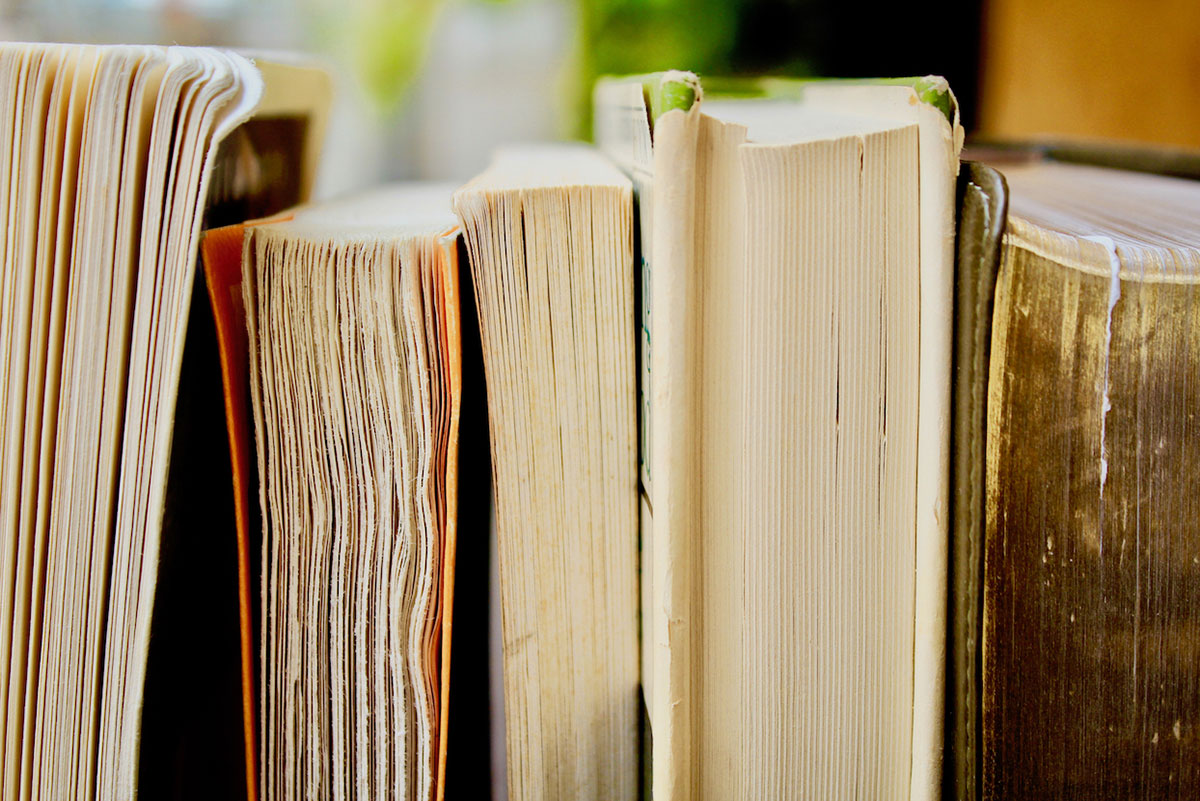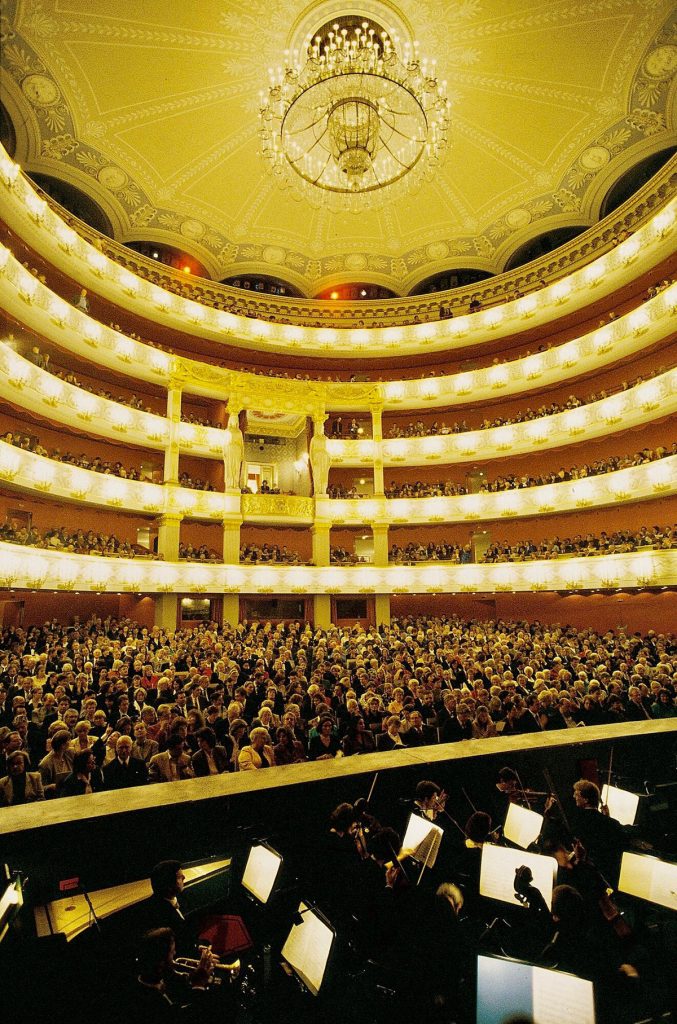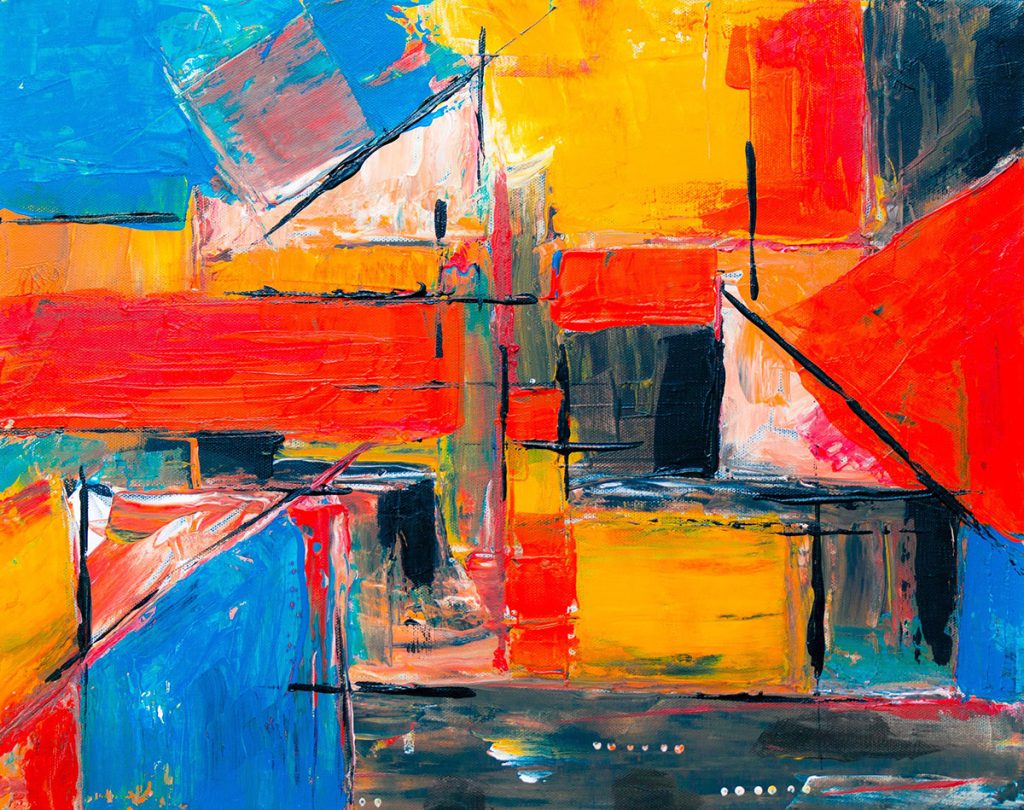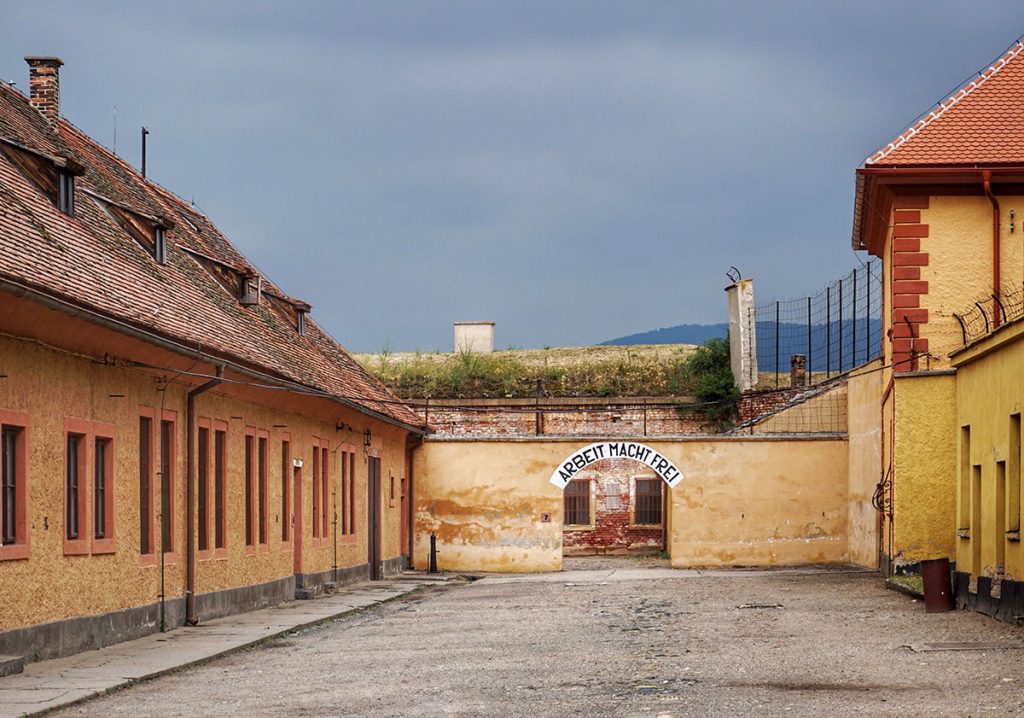The Stolen Muse
War, Art, and Classical Music
My novel-in-progress explores how art reverberates across time—and how war and politics impact artistic expression. The story alternates between two musicians from different centuries who struggle to give voice to their creativity. It’s set in Nazi Germany and in rural Colorado during the early 2000s.
Soli Konrad, an American opera composer, is haunted by the past—and by a painting of a Muse that her father brought home after fighting in Germany during WWII. At the beginning of the novel, Soli returns home to the family farm in Colorado to help her mother during chemo treatments.
Pianist Johann Reiniger comes of age in Munich, Germany, as Hitler is rising to power. He works for several years as an accompanist for the Bavarian State Opera company, but as war nears, a family secret compels Johann to enlist as a Wehrmacht soldier. Sidelined by a battle injury, he’s assigned to a Third Reich “art protection” unit that appropriates priceless works from private collections in Hitler’s art museum.
Why I’m Writing This Novel
I’ve always been angry about musicians, writers, choreographers, and artists who have been marginalized or silenced. In four decades of playing bassoon in orchestras, I’ve performed roughly a thousand pieces by white, male composers. Yes, much of that repertoire is wonderful, but in all those years, I’ve played fewer than a dozen pieces of music composed by women.
This trend isn’t confined to orchestras in my region. Only 5 percent of pieces scheduled to be performed by 100 orchestras worldwide during the 2020–2021 season were composed by women, according to a study conducted by the DONNE Women in Music Foundation. In addition, only 1.11 percent of the orchestra pieces were composed by Black and Asian women, and only 2.43 percent by Black and Asian men.
While researching The Stolen Muse, I stumbled across Erik Levi’s 1994 book, Music in the Third Reich and learned how the Nazi regime dictated artistic values by banning music written by Jews—even those like Mendelssohn and Mahler, who converted to Christianity. In addition, jazz, cabaret, and atonal or modernist music were publicly ridiculed at the Degenerate Music exhibition of 1938. The revolutionary music by Kurt Weill, Arnold Schoenberg, Alban Berg, and Paul Hindemith was literally deemed harmful to the German nation.
My Writing Background
I received the Cornelia Carhart Ward Fellowship at Syracuse University’s Creative Writing Program, where I wrote poetry. Later, I turned to novel writing and was accepted into the Lighthouse Writers’ two-year Book Project, based in Denver. I’ve participated in writing workshops with Andre Dubus, Tess Gallagher, Hayden Carruth, Stephen Dobyns, Patricia Lee Lewis, Erika Krouse, William Haywood Henderson, and Rita Brady Kiefer.

A similar purge of artistic freedom occurred in the art world. Among artists denounced for their Nazi-decreed “degenerate art” were Picasso, Dalí, Van Gogh, Paul Klee, Edvard Munch, Emil Nolde, Wassily Kandinsky, and many others. Works by many of these men, and one or two female artists, were openly scorned at the infamous Degenerate Art Exhibit, which traveled to German cities in 1937.
Music in the Third Reich also introduced me to the many talented musicians who struggled against all odds to compose songs, quartets, and operas in the Theresienstadt concentration camp/ghetto. Among them was Viktor Ullmann, who composed numerous pieces, including a one-act opera, Der Kaiser von Atlantis (The Emperor of Atlantis), a satire of Adolf Hitler that was rehearsed but never performed in the camp. It was orchestrated for chamber ensemble that included available instruments, including banjo, harmonium, alto saxophone, and harpsichord. Ullmann, like many of the other creatives in Theresienstadt, was murdered in Auschwitz.
Snapshots from The Stolen Muse
Pillar Foundations from WWII POW Camp 202, Northern Colorado
In my novel, composer Soli Konrad returns to her family farm near Greeley, Colorado, she visits what’s left of two WWII-era entrance pillars to POW Camp 202, where more than 2,000 captured German soldiers were detained. Prisoners worked on local farms while Americans fought overseas.
In college, as a journalism intern at the Windsor Beacon newspaper, I wrote an article about POW Camp 202 and interviewed farmers about their memories of the Germans who planted and harvested their crops. In my novel, 85-year-old Hans reminisces about working on the Konrad family farm when he was a young soldier living in the POW camp.
Munich’s National Theater
Johann Reiniger is a fictitious pianist who grew up in Munich, Germany—the birthplace of the Nazi Party—in the 1920s and 1930s. He’s in heaven when he lands a job as a rehearsal accompanist with the Bavarian State Opera. (The former accompanist was dismissed because he was Jewish.)
This photo shows the auditorium and orchestra pit of Munich’s National Theater—the glorious opera house where Johann works in the first part of my novel. I was lucky enough to hear Der Rosenkavalier, one of Richard Strauss’s best-loved operas, when I visited Germany in 2017. It wasn’t hard for me to envision Johann as a young musician beginning his career in this fabulous venue. Unfortunately, Johann’s aspirations are ruined by war.
Visual Art in the Third Reich
The mysterious painting of the Goddess of Music that hangs above Soli’s mantel changes appearance—sometimes beneficent, sometimes angry. Or is it Soli who changes?
The Nazi regime censored the visual arts, encouraging depictions of an unrealistic, heroic German ideal. In contrast, they curated a Degenerate Art Show that condemned modern, abstract, and avante-garde art, and they labeled the artists “mentally diseased” and “racially impure.” In The Stolen Muse, two paintings by a fictitious German Expressionist painter named Ursula are exhibited in the Nazis’s Degenerate Art Show.
Entrance into Theresienstadt’s Little Fortress Prison Area (now part of a memorial)
Theresienstadt was a concentration camp and ghetto established by the SS during World War II in the fortress village of Terezín, in occupied Czechoslovakia. It was created as a “model” ghetto, and prominent artists, writers, musicians, and actors were detained here. Cultural activities were encouraged to deceive visitors—including the International Red Cross—about Theresienstadt’s true function: a transit camp to Auschwitz. In my novel, Johann is sent to Theresienstadt on a secret mission to have a Dutch Master painting forged by a prisoner called the Jewish Rembrandt.




